Accesibility
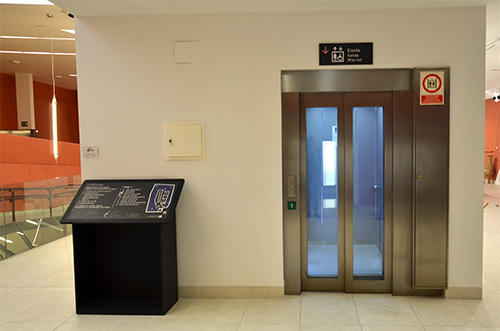
Lift
We have a public lift with a capacity for 13 people; the numbers and directory are visual and also in braille. The lift has glass doors with a mirror on the opposite wall so that any incidents can be detected from the outside. We also have a large capacity lift which can be used by groups of wheelchair users in order to make their museum visit smoother and easier; a member of the museum staff always accompanies such groups.
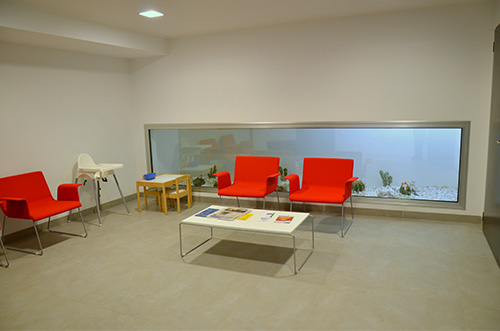
Rest Areas
On each floor, and also within exhibitions, there is at least one rest area with chairs and seats.
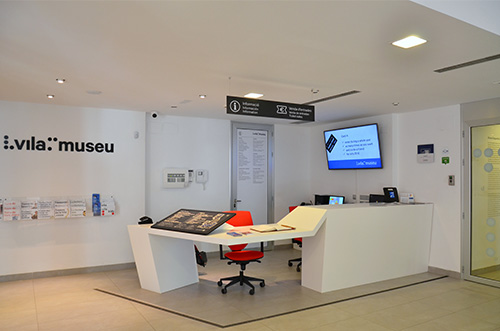
Information desk
The staffed information desk is in the entrance hall; the staff will give all the information needed about all the services, areas and museum programme.
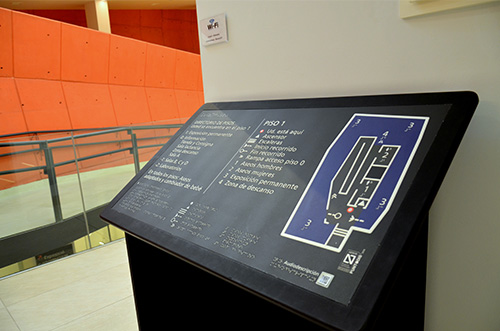
Location Plans
At the information desk and at the information hub on each floor (where one exits from the stairs, lift and ramp) there is a tactile plan, with audio description, which contains a directory of the whole of the building; in addition it gives a plan of floor spaces and services on that particular floor.
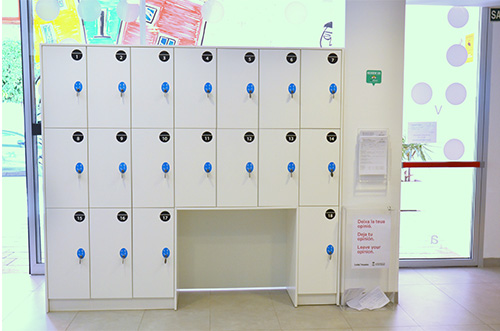
Cloakroom
For cloakroom services with accessible lockers ask at the information desk.
Physical Accesibility
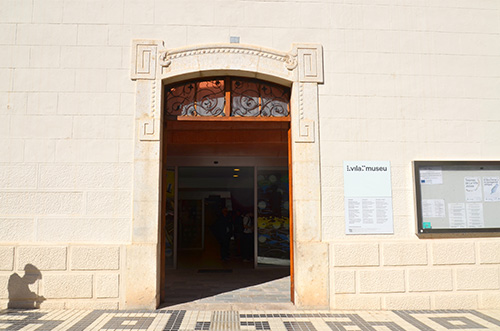
Access
The museum is wheelchair accessible from the street and all the circulatory spaces within the museum are wide and accesible.
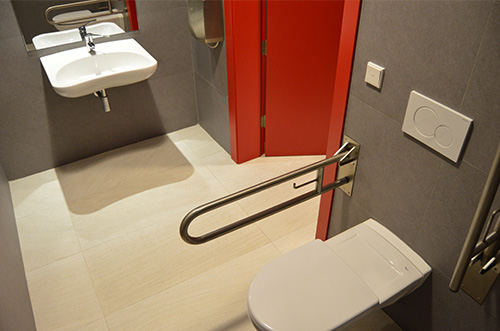
Toilets
There are accessible toilets on all floors of the museum with integrated wash basins in the same cabin. In the majority of cases there are also baby changing facilities.
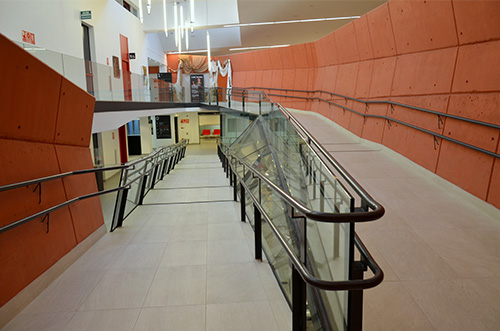
Ramp
The ramp that joins the ground floor with floor one is totally accessible with stretches of 8 metres to 8% of slope interspersed with landings. It has handrails on both sides at different heights.
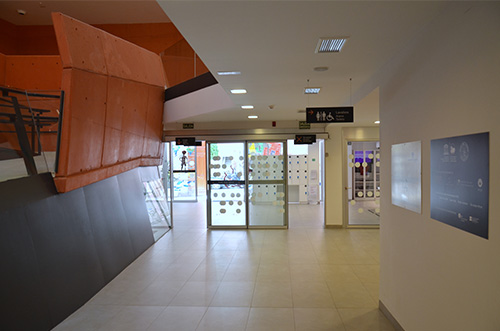
Doors
The access doors to the building are automatic. The toilets have swing doors except on floor one where the access door is a sliding door and inside the cabins the doors are swing doors with grip handles.
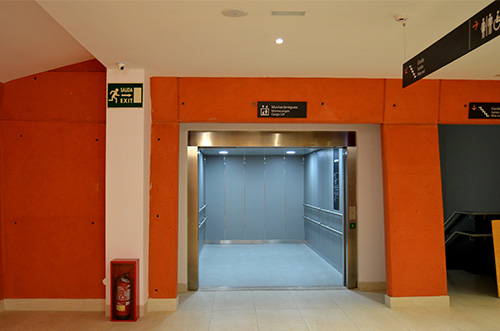
Lift truck
A large capacity lift which can be used by groups of wheelchair users in order to make their museum visit smoother and easier; a member of the museum staff always accompanies such groups.

Loan wheelchairs
We have two wheelchairs to lend to the visitors who need them. They can be requested free of charge at the entrance counter.
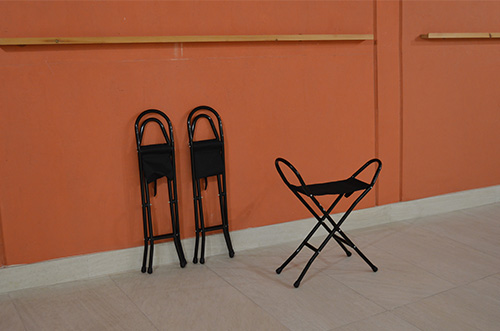
Folding chairs
At different points of the exhibitions we have very light folding chairs available for the visitors to use them during their visit to the exhibition, either guided or autonomous tour.
Visual Accesibility

Location Plans
At the information desk and at the information hub on each floor (where one exits from the stairs, lift and ramp) there is a tactile plan, with audio description, which contains a directory of the whole of the building; in addition it gives a plan of floor spaces and services on that particular floor.
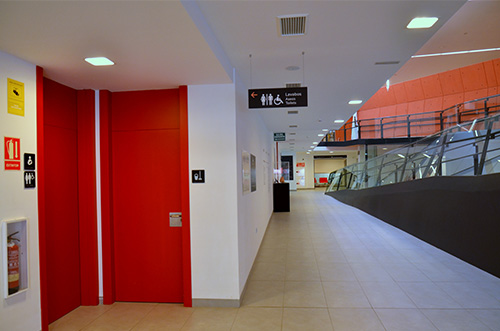
Doors with high contrast
Doors and other elements such as the ramp are contrasted with the floor and walls, facilitating their location by people with reduced vision.
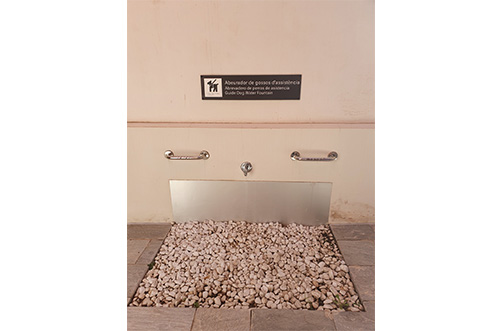
Guided dogs
The entrance to the museum of guided and assistance dogs is authorized. They have, at the entrance of the museum, a watering hole service..
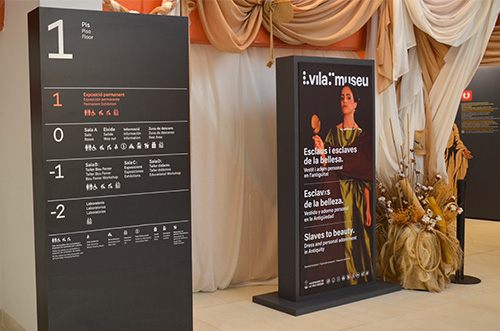
Lighting-directories
The lighting inside the museum is enough and directories and direction signs are well contrasted..
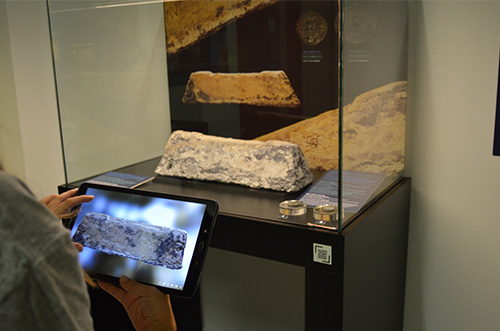
Audio description
If you want to do an audio descriptive visit with a guide you can book it up to three days before the actual date. You can also do the tour autonomously through QR Codes. You can use your smartphone or request a free loan tablet at the entrance counter..
Audio accesibility
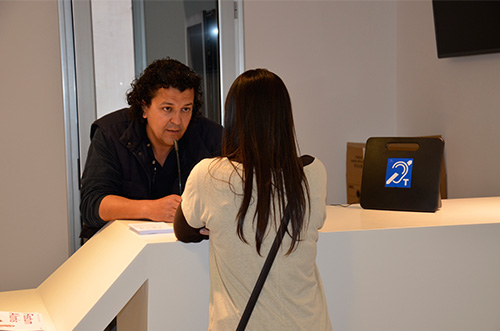
Magnetic loop
For those with hearing aids or cochlear implants, the museum has available magnetic loop at the information desk and in Room A..
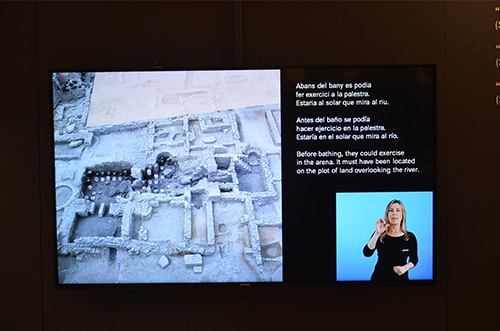
LSE (Spanish Sign Language)
On the city route panels and in the museum there are QR codes that connect to videos with Spanish sign language (LSE). Given 15 days’ notice, the museum can provide LSE services for each museum activity.
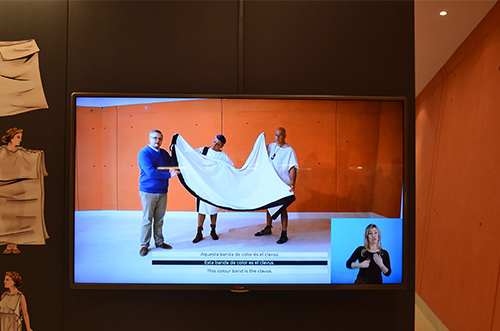
Sound resources
All of the museum resources that have audio include subtitles, written text and/or LSE video.
Accesibility for people with learning difiiculty

Space
The museum spaces are very open and well lit; there is visual communication between the different floors and through the glass thereby reducing any sensation of claustrophobia. In addition there is clear signage for exits on all floors and access to the different spaces and services with large type, contrasting text and pictograms.
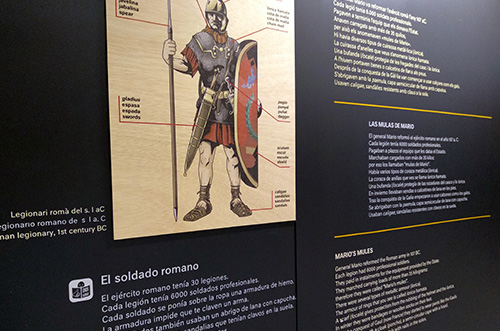
Easy-to-read
We have texts that are easy to read in the exhibitions 'The Bou Ferrer shipwreck. An extraordinary site' and 'Música, pólvora i desembarc”.
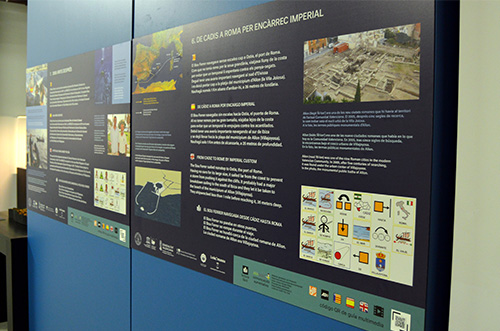
Panels with pictograms.
We have pictograms of alternative and augmentative communication in the exhibitions 'The Bou Ferrer shipwreck. An extraordinary site' and “Música, pólvora i desembarc”.

